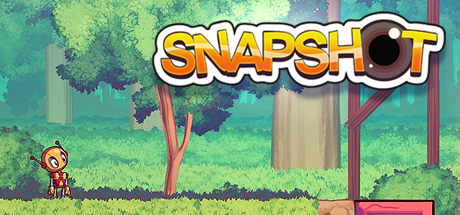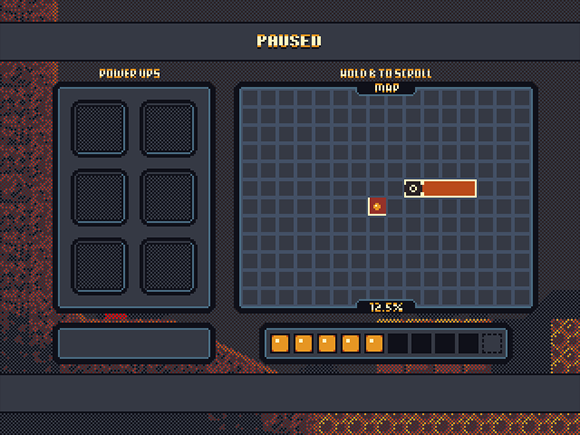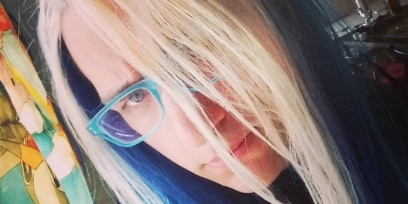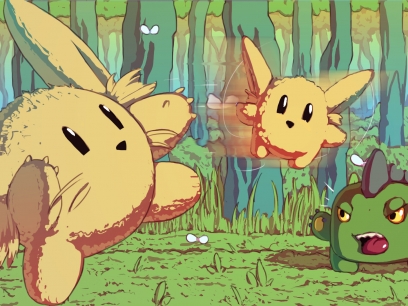Releasing Five Games in a Year
Today is my birthday! It's a good time for reflecting back upon my now 27 year long life. This time last year I was right in the middle of crunching on Offspring Fling for the Steam release. I was coding up the level and replay sharing website with some help from Matthew Wegner, and I was also polishing up more stuff in the game for the big day when the game would arrive on Steam. Stress levels were at an all time high, where as this birthday I think my stress levels are at an all time low.
Between my last birthday and this one I've released, or in part released, five new games into the world. This was part of a promise that I made to myself at Game Developers Conference in 2012. At that GDC, I was neck deep in working Snapshot still. Snapshot is a project that started originally in 2008 as a little Multimedia Fusion prototype. Eventually that prototype got into the Independent Games Festival in 2009, and from then on out it was a full fledged game being assembled by David Carrigg, Peter Jones, and myself. The game didn't come out until August 2012. That's a pretty long time to be working on a single game... although its not that long compared to the time spent on a number of really awesome indie games.
The main problem is that Snapshot is the longest term project that I've ever worked on. During the course of its development I felt very stagnant. This game was taking forever to make, and a lot of the time I just felt like we had nothing to show for it because usually the game was in a half broken unplayable state. The game didn't really start to take form until the final year of its development, but by the end of the project I felt like I was being suffocated by it.
Between my last birthday and this one I've released, or in part released, five new games into the world. This was part of a promise that I made to myself at Game Developers Conference in 2012. At that GDC, I was neck deep in working Snapshot still. Snapshot is a project that started originally in 2008 as a little Multimedia Fusion prototype. Eventually that prototype got into the Independent Games Festival in 2009, and from then on out it was a full fledged game being assembled by David Carrigg, Peter Jones, and myself. The game didn't come out until August 2012. That's a pretty long time to be working on a single game... although its not that long compared to the time spent on a number of really awesome indie games.
The main problem is that Snapshot is the longest term project that I've ever worked on. During the course of its development I felt very stagnant. This game was taking forever to make, and a lot of the time I just felt like we had nothing to show for it because usually the game was in a half broken unplayable state. The game didn't really start to take form until the final year of its development, but by the end of the project I felt like I was being suffocated by it.
2 Comments



















